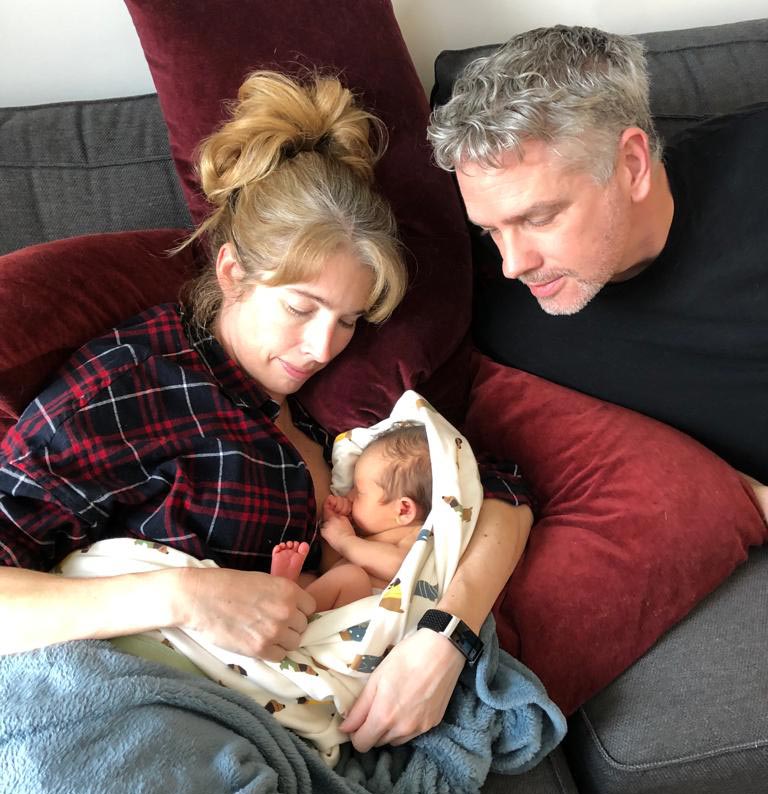
Jenny: "On February 9, 2023, our daughter was born by planned cesarean section and the world was turned upside down. And of course, you can love a child even if you don't share genes.
Jenny:
I was never entirely sure whether I wanted children or not, but I thought that it would work out somehow. My partner already had a son when we met so having children didn’t feel like something we needed to rush into, even though he wanted more children. The years passed, and suddenly my career wasn't the most obvious thing to spend my time on. I also began to feel that I would have had nothing to leave behind when my time on earth was over. My parents were also getting older – wouldn't I get to experience what they had experienced?
So we started trying.
I knew, of course, that it would become more difficult to get pregnant as I got older, but I didn't know why. I didn't even know if I could get pregnant at all. So after about a year, we turned to a private clinic in Sweden. After a brief examination, they determined that I had adenomyosis but that my partner and I were otherwise healthy. We purchased a package of three attempts using my own eggs. My AMH level was good for my age, and during each painful egg retrieval, the doctor was able to obtain many eggs, but unfortunately, there were only five blastocysts in total.
However, the plus sign on the stick was always missing. I googled and read everything I could find about different treatment methods to increase the chances of the embryo implanting and suggested these to the doctors at the clinic. These ranged from medication with cortisone tablets to using embryo glue. The doctors listened to my suggestions and let me try them. On the very last attempt, two embryos were transferred and we finally got our long-awaited positive result. We had a few weeks of happiness, but at an early ultrasound, the doctor determined that the pregnancy had probably stopped and a few days later I started bleeding. Miscarriage.
We broke down, which we had done so many times before. I blamed myself. Because I wasn't ready for children before, I might never be able to become a mother now. So how would we move on? Neither my partner nor I were ready to give up, but were we really going to buy more tries from the Swedish clinic that clearly failed to help? I had already previously read about PGT-A tests of embryos, (tests to detect chromosome errors) something that was not legal in either Sweden or Denmark. I started contacting fertility clinics in countries where
these tests were performed. But by this time, Covid had broken out and suddenly it was extremely much more difficult to travel. Most clinics I contacted required us to be on site to start the treatment, but I soon realized that would be impossible as many countries had introduced entry quarantines.
With the OLGA clinic in St. Petersburg, thins were completely different. We quickly got a call from Dr. Alenka via Skype and after sending the medical records from the Swedish clinic, we were offered a package with two attempts with our own eggs and two attempts with donated eggs. If there was no baby after these attempts, we would get our money back. Before we had even signed a contract, I also got an appointment with a psychologist. Everything was handled via Skype and all ultrasounds and other examinations could have been done in Sweden. Russia also had no quarantine rules, only requiring a negative PCR test upon entry. The embryos were PGT-A-tested and, unlike in Sweden, we could choose a potential egg donor ourselves from the clinic's registry. In Sweden, the doctors choose the donor.
Everything felt very good and hope returned. We decided to sign a contract and travel to Russia. Choosing care in another country that is also outside the EU can feel scary. It is not completely uncomplicated either. You basically stand outside the healthcare system and have to solve everything yourself, privately. It is not only expensive, you also have to deal with the skepticism that exists on the part of Swedish doctors. Many people think that Swedish healthcare is world-class and that foreign doctors are wrong in their assessment or prescribe too much medicine. I have had to explain several times why we chose not to have Swedish IVF care to doctors who questioned this choice.
Another difference between the clinics is that at the OLGA clinic we got a personal doctor, a personal nurse and a personal coordinator who helped with all the travel documents required to enter Russia. Even before the first trip, my doctor, Dr. Anna Ivanova, wanted me to take a large number of tests and do some examinations. After that, egg stimulation began and in June 2021 we traveled to St. Petersburg for the first time. We were both really surprised by how beautiful the city was. The food, the people, the buildings - we both felt that we could enjoy the trip even though I was mainly undergoing treatment. The clinic is located very centrally in St. Petersburg and when you step through the door you are greeted by a cheerful receptionist who is fully aware of who you are and what to do.
When we arrived, more tests and examinations awaited us and at the end of the week - egg retrieval. Here too, the treatment methods differ. In Sweden you are awake during egg retrieval, in Russia you are put to sleep, which I was incredibly grateful for. In addition to avoiding the pain during the retrieval itself, you are not affected nearly as much afterwards. I was basically able to walk back to the hotel myself. Otherwise, everything was handled extremely professionally. Unfortunately, no blastocysts resulted from the eggs that were retrieved and in October 2021 we traveled back for another egg retrieval. Only one egg developed into a blastocyst, but unfortunately it had a chromosome error, something that was discovered with the help of the PGT-A test. I know that Dr. Anna was as disappointed as we were. We had really hoped that it would work out with our own eggs.
If we had all the money in the world, we would have probably continued trying with our own eggs until Dr. Anna had said stop. I have always been interested in genetics and in recent years I have done some genealogical research. I have no siblings and my parents' siblings never had any children. With me, many branches in the family tree were broken, something that was, and still is, difficult to get over. I blamed myself a lot. After all, I was the one who waited too long to be ready to have children, and now it might have been too late.
Did I still want to have children? The answer was yes and the only way to get there was to take the next step — to switch to egg donation. It is a big step to take. You basically have to decide who will replace you genetically. I also struggled with thoughts about whether I could love the child and how the child would react to the information that we are not genetically related. While I was processing this, I traveled alone to St. Petersburg to have a hysteroscopy and ERA test, which was part of the treatment plan.
Once back home, I was assigned a personal donor coordinator, Albina, who helped me get started with the clinic's egg donor registry. Most of the egg donors have had children before, are healthy and are selfless enough to want to help others become mothers. The registry contains a lot of information about the donors and their closest relatives. Not only what they look like but also their characteristics and outlook on life. There are also pictures of what they looked like as children. The first review really put me off. The donors seemed great in every way, but none of the photos looked like me when I was a child. My fantastic donor coordinator understood, supported, sent me suggestions, and let me see the adult photos of the donors. I read each suggestion, went through the registry again, underlined, and highlighted similarities, but ultimately came to the conclusion that the most important thing for me was not the donor's personality, but that she should be as similar to me in appearance as possible. My partner supported me as much as he could but didn't want to interfere in the selection. I decided to involve friends and family and asked them to point out who they thought was most similar to me, kept statistics on their choices, and compared my photos with the donors.
After quite a while, I managed to make a decision, and in February 2022, the donor's eggs were retrieved. There were a total of three embryos, and my uterus began to be prepared for embryo transfer.
My partner and I went back to St. Petersburg in April 2022. By this time, the war had broken out and our way to Russia had to go via Estonia, a small adventure in itself. Unfortunately, the first embryo did not attach and in June 2022 we went back for embryo transfer number two. I felt pretty quickly that the embryo had attached and a pregnancy test a few weeks later confirmed the result. With several failed transfers and a miscarriage in our luggage, it was difficult to feel any real joy. I think neither I nor my partner dared to hope that it would work out. There are also a lot of medications, syringes and patches that have to be taken, injected and changed and your whole day becomes very structured as your mobile phone alarm constantly reminds you that it is time for the next medication.
But it actually worked out. On February 9, 2023, our daughter was born by planned cesarean section and the world was turned upside down. And of course, you can love a child even if you don't share genes. In fact, right now she is more like me than her father.
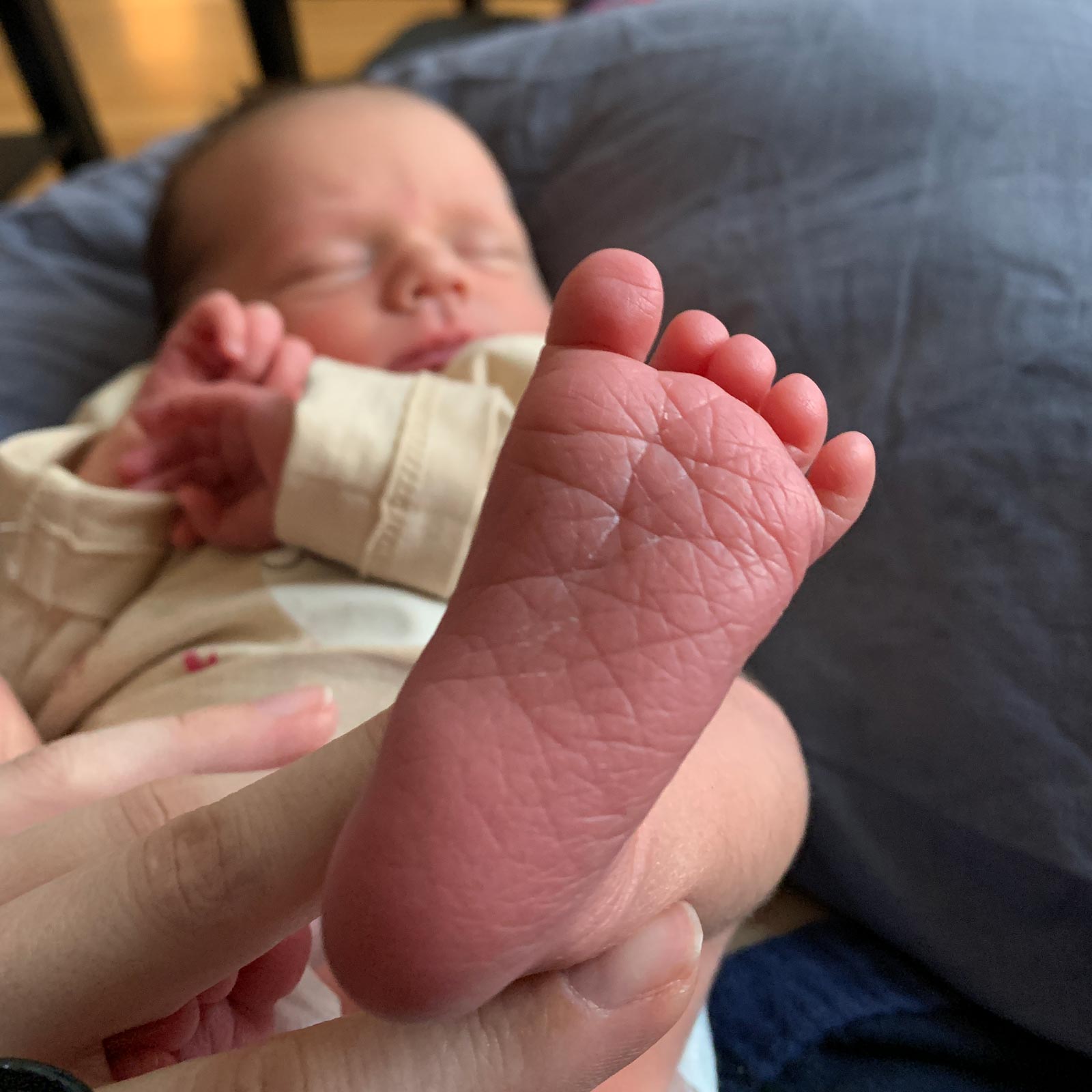
I am so glad that I never gave up and that I managed to come to terms with the idea of receiving an egg from another woman. It will always be a sadness that I will never have any genetic children, but I would never want to be without our charmer.
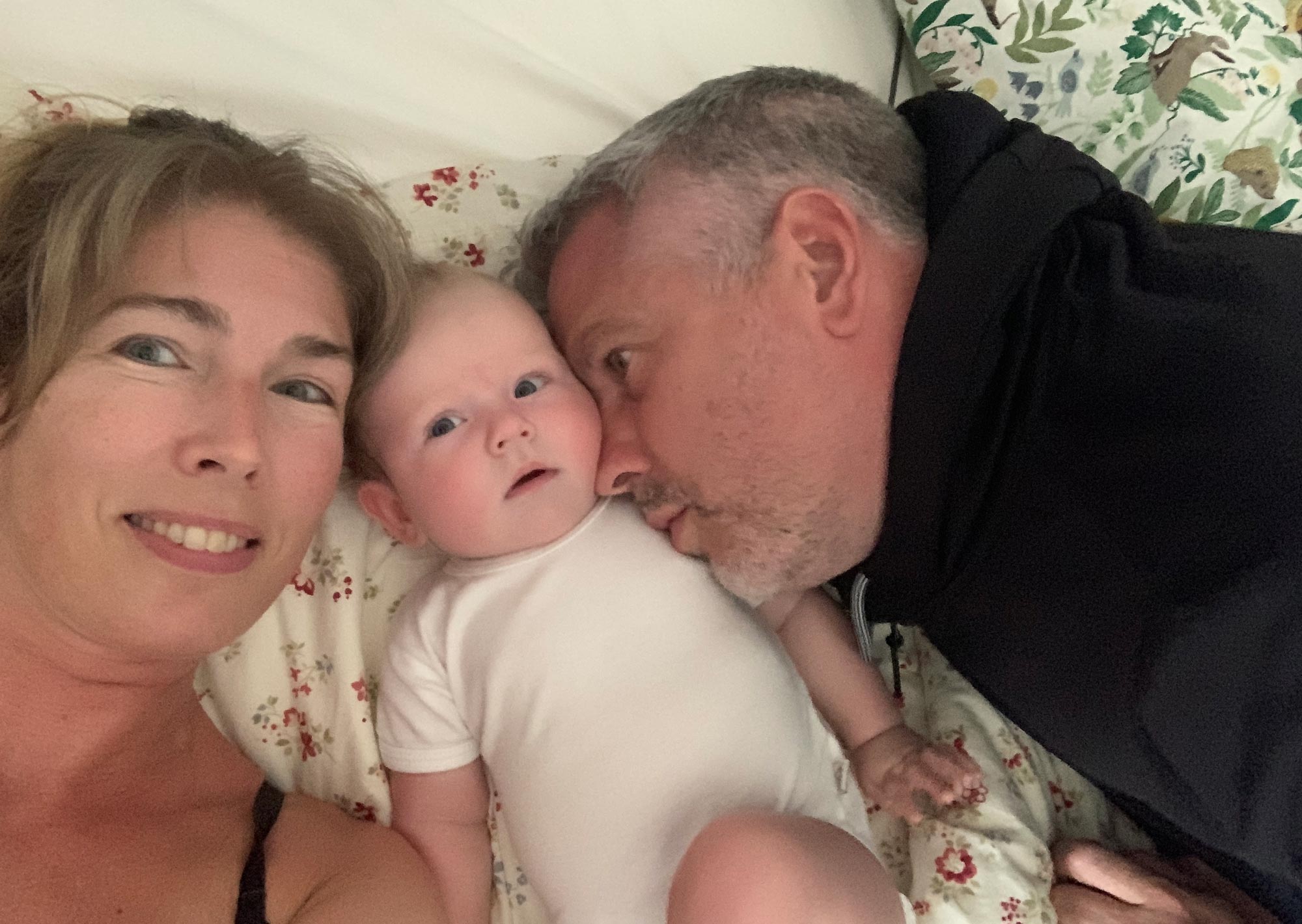
Being able to accompany her on her journey through life will be incredibly exciting and I look forward to seeing what kind of a person she will become.
My advice to those of you considering IVF treatment abroad:
- Trust the doctors. They know what they are doing and will tailor all treatment to your individual needs.
- Talk to a psychologist if you are offered this, even if you think you don't need it.
- Ask to talk to a previous patient. For me, that contact was invaluable. She had had exactly the same thoughts, feelings and worries as me.
- Check which medications are cheaper in St. Petersburg and buy it there. It can save a lot of money.
- The journey to have a child is incredibly difficult and and the hardest part is being in the midst of it.t. But the brain forgets quickly. I have almost forgotten how difficult it was with all the injections and all the medicine that had to be taken.
- Try to enjoy the trips. We saw it as a holiday and took the opportunity to go to museums, explore St. Petersburg and go to nice restaurants.
- Don't give up! Once you are sitting there with your little baby, it is all worth it.
Jenny and Alexander’s treating doctor Dr. Anna Ivanova explains:

We first met dear Jenny and Alexander in the spring of 2021, when they began their IVF journey using Jenny’s own eggs. After two IVF attempts, the embryo culture protocol did not give us the desired result. However, Jenny and Alexander were open to donation and ready to move forward with donor eggs according to the plan B of their fertility treatment.
Given Jenny’s diagnosis of adenomyosis, we scheduled a hysteroscopy before proceeding with embryo transfer.
Our main task was to assess the uterine cavity for potential internal adenomyosis as well as to conduct an ERA (Endometrial Receptivity Analysis) test, as patients with adenomyosis often experience a displaced implantation window. During the hysteroscopy, we identified a focus of adenomyosis, requiring Jenny to undergo an extended course of downregulation therapy. Fortunately, the ERA test indicated a receptive implantation window.
In April 2022, we performed the first embryo transfer, which unfortunately did not result in pregnancy. To maintain the benefits of the prior downregulation therapy, we promptly scheduled the next transfer. In June 2022, the second embryo transfer was carried out—and this time, it was successful. We were thrilled to receive the joyful news in February 2023: Jenny and Alexander had welcomed a beautiful baby girl, Isolde, into the world.
This case highlights the critical importance of performing hysteroscopy before embryo transfer in patients with adenomyosis. Hysteroscopy plays a vital role in infertility treatment by allowing thorough evaluation of the uterine cavity. It also enables us to perform key diagnostic procedures, such as endometrial biopsy to confirm the implantation window, histological and immunohistochemical studies, and examine pathogenic viruses and bacteria as well as the state of the microbiota of the uterine cavity.By integrating these diagnostic findings, we are able to create personalized treatment strategies—paving the way for a successful outcome.


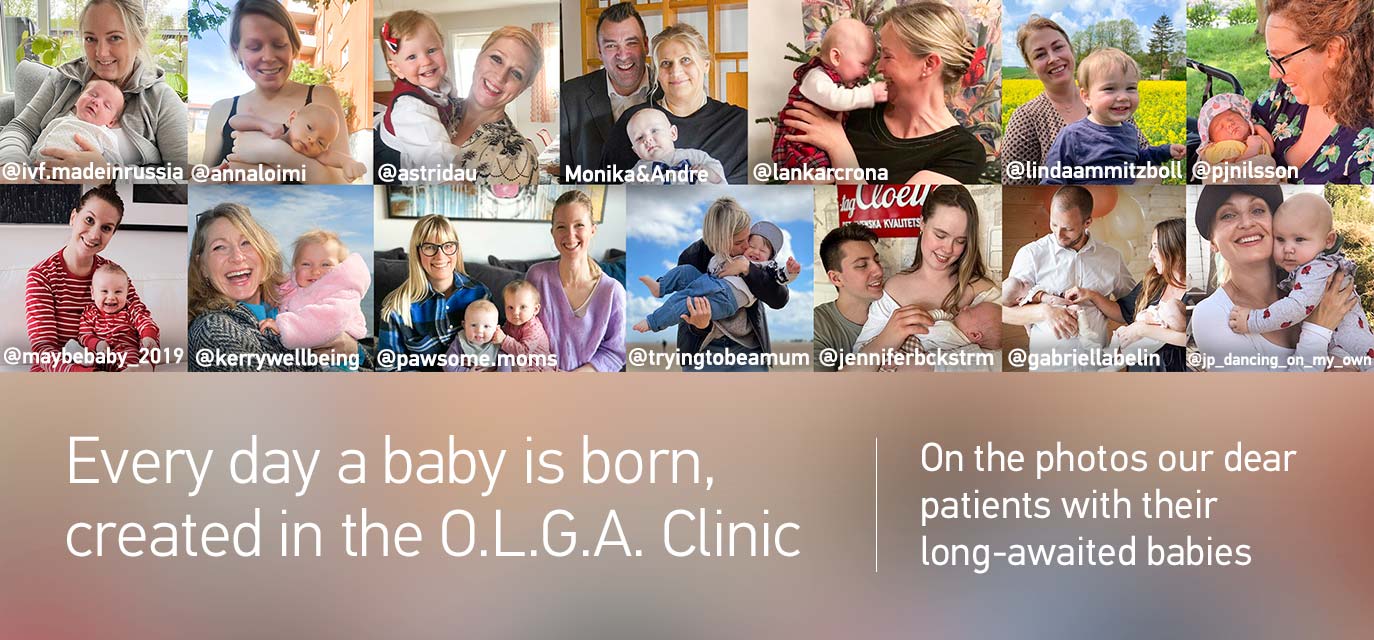

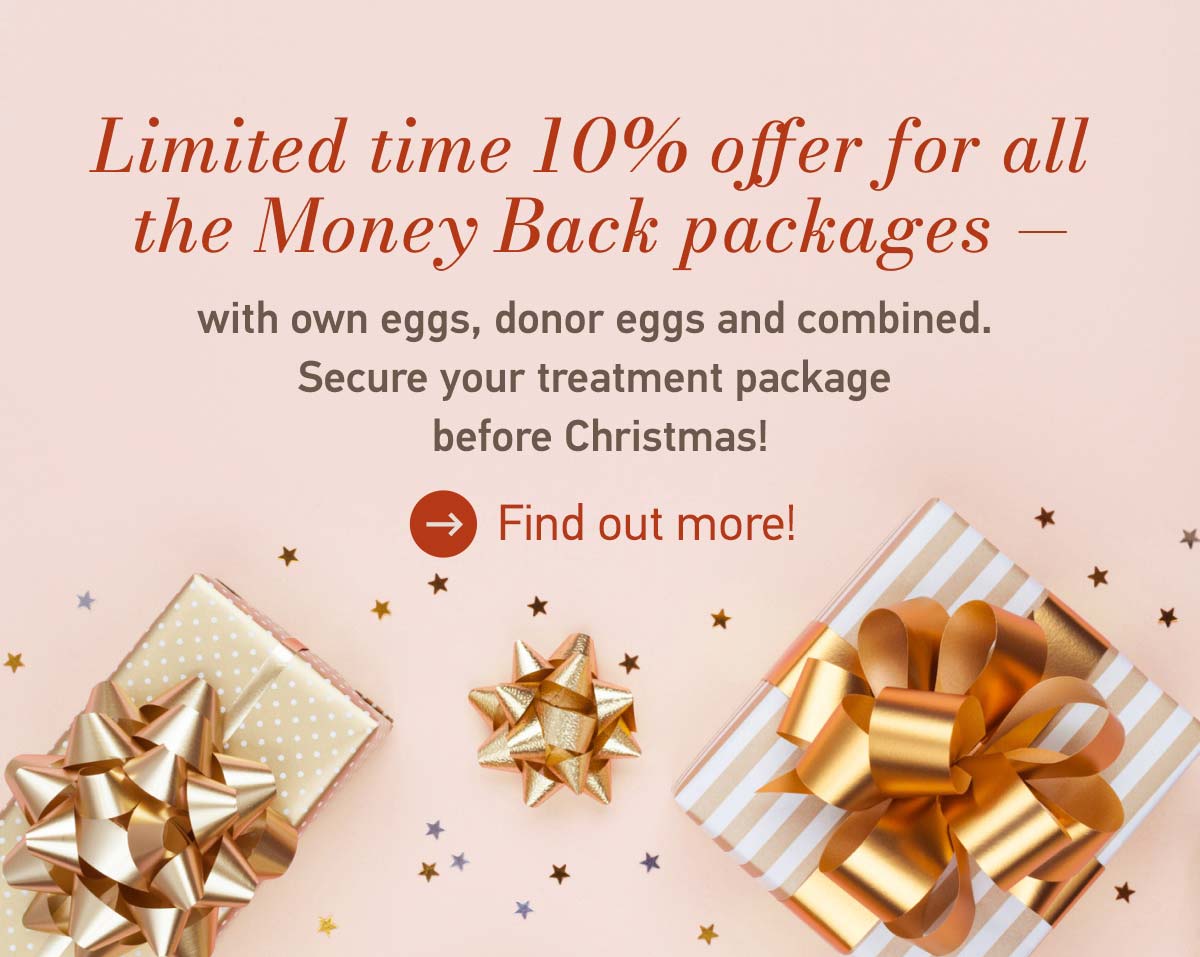





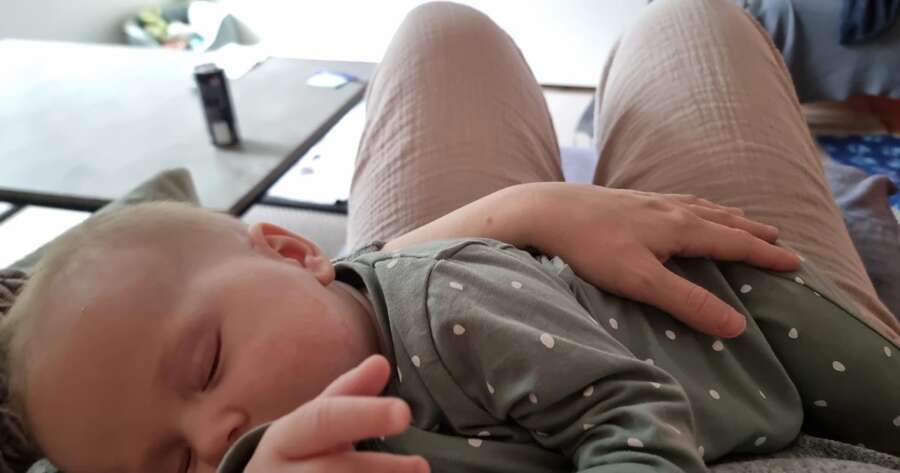

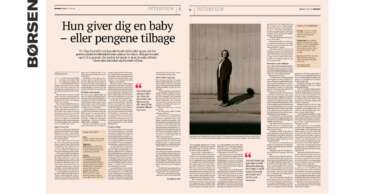
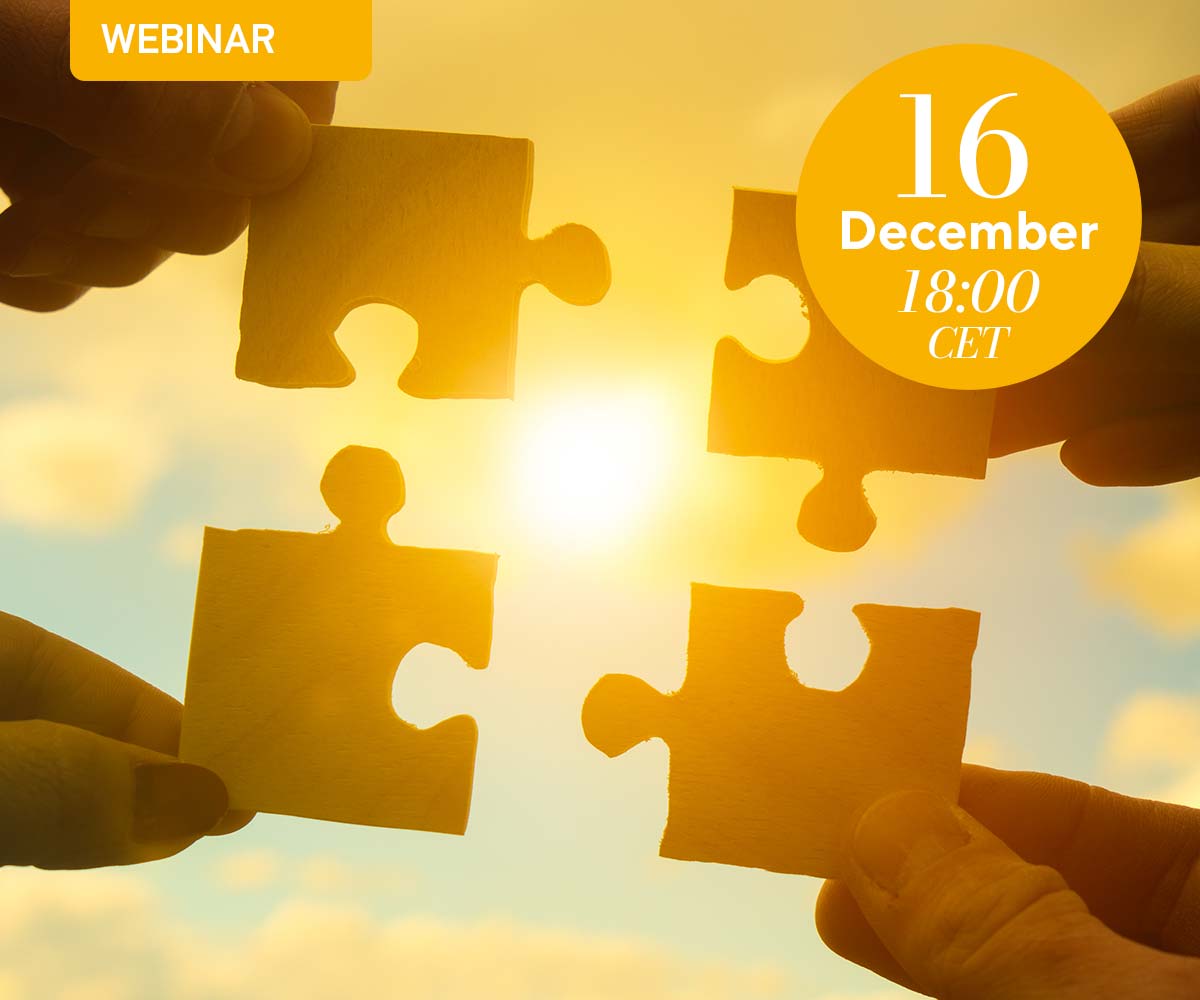
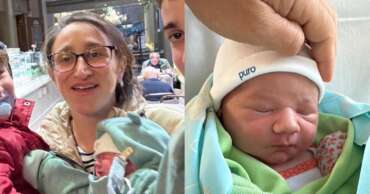

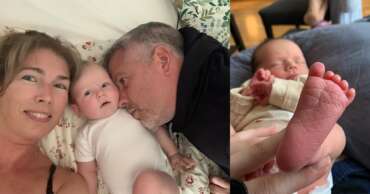
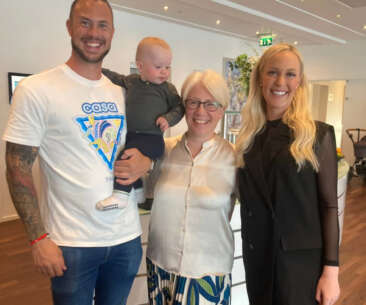

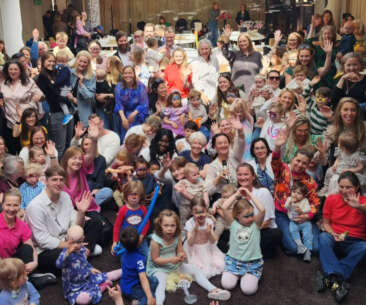
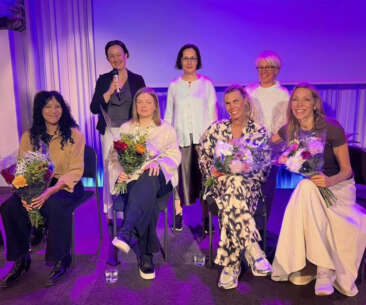
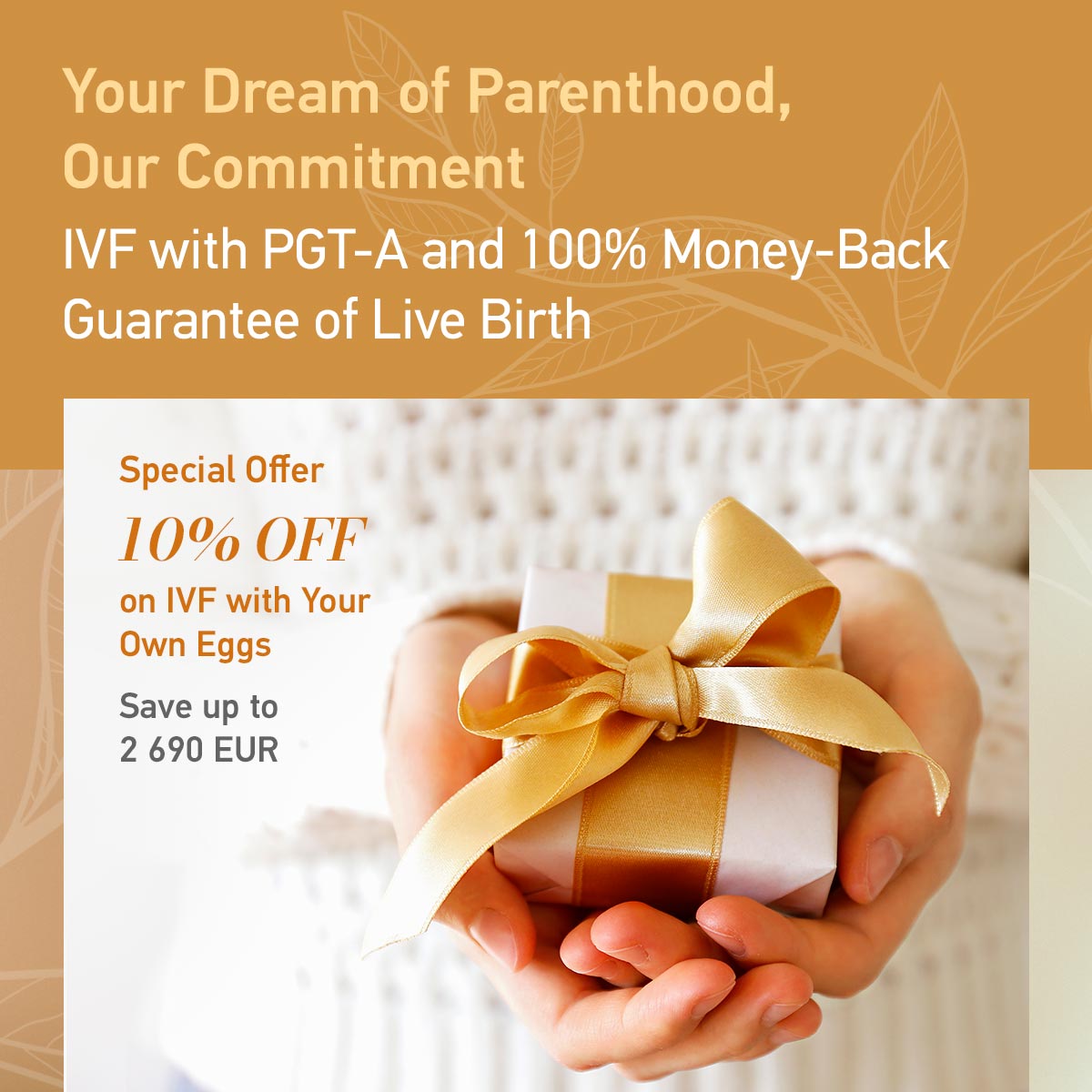
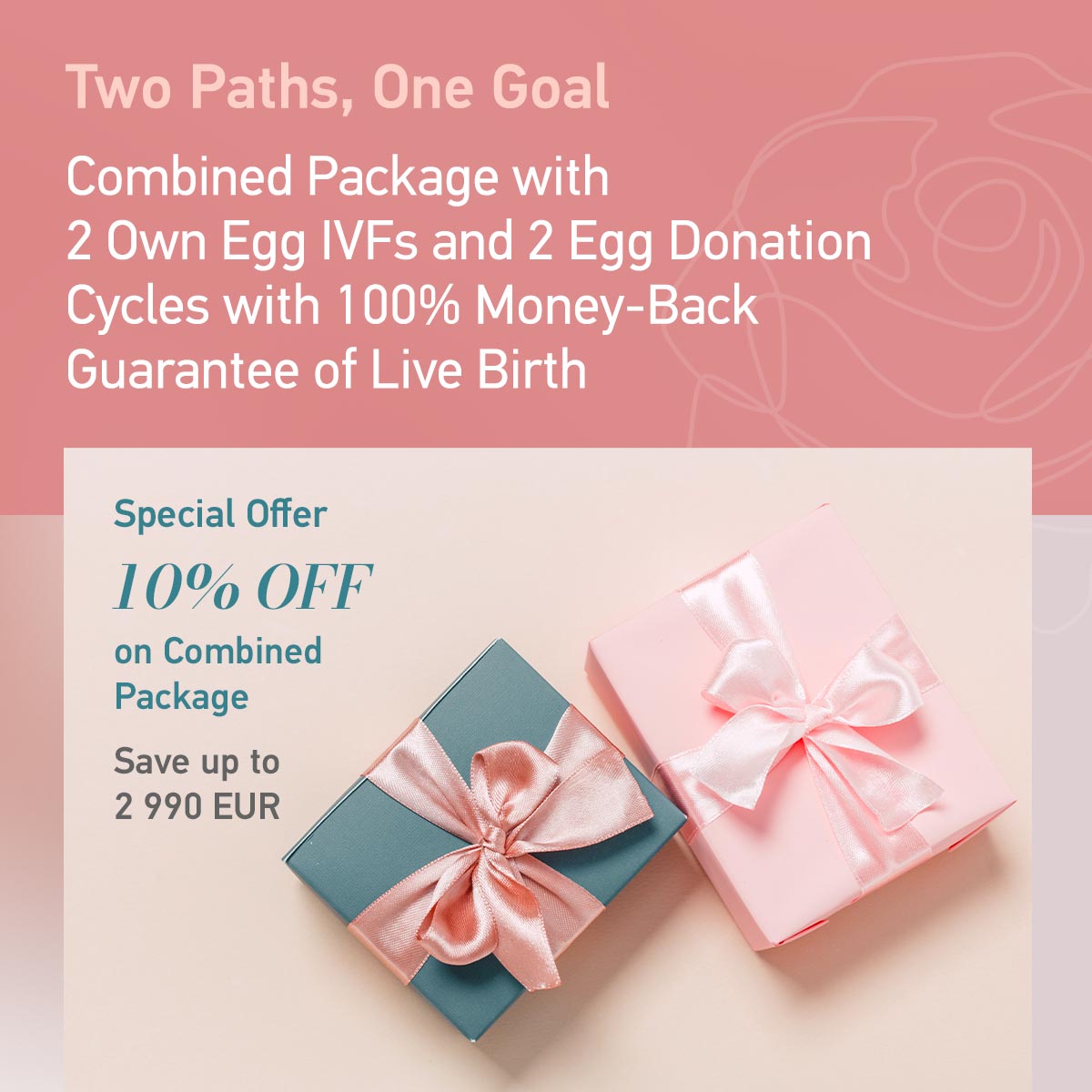




Comments are closed.